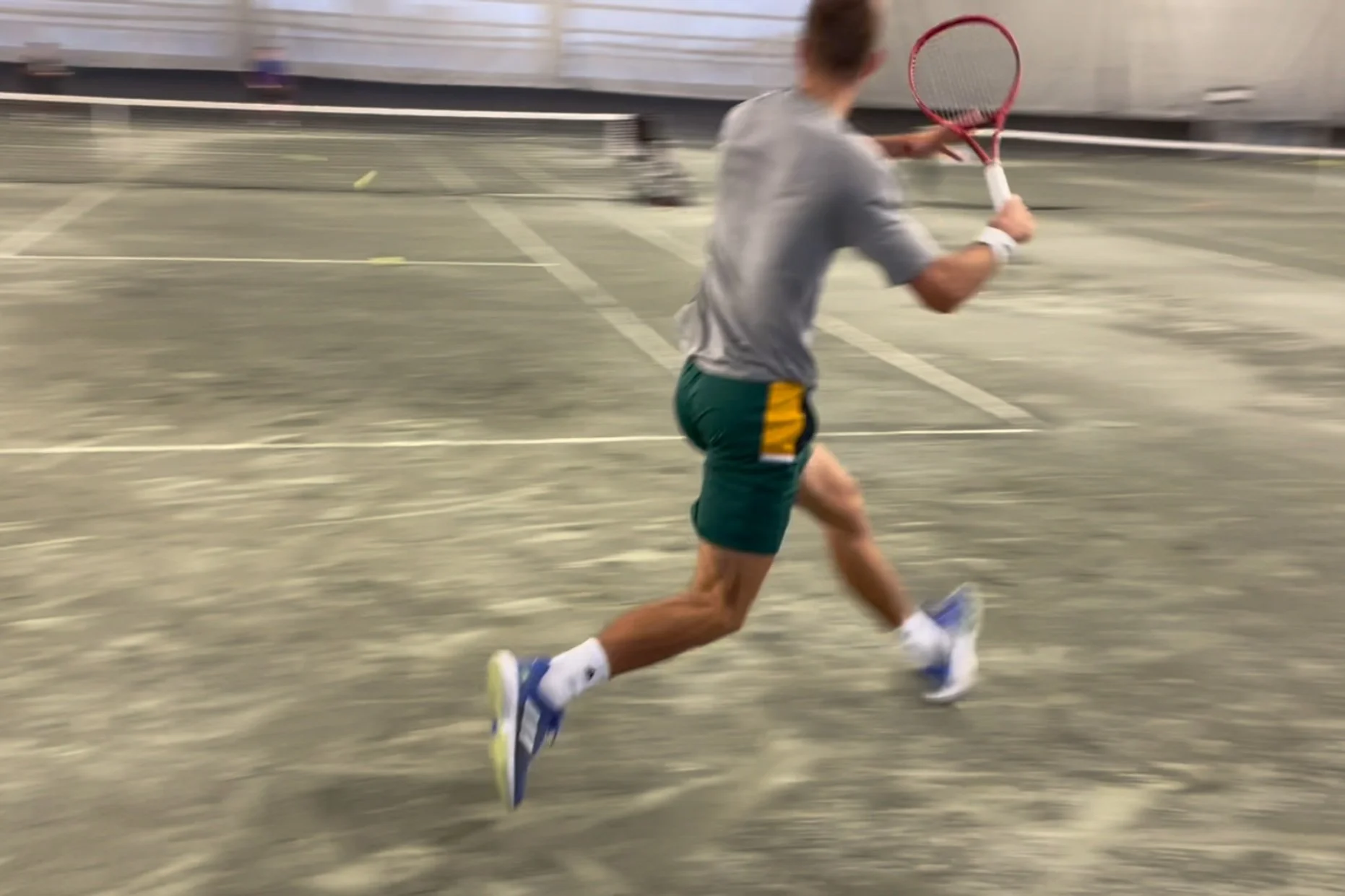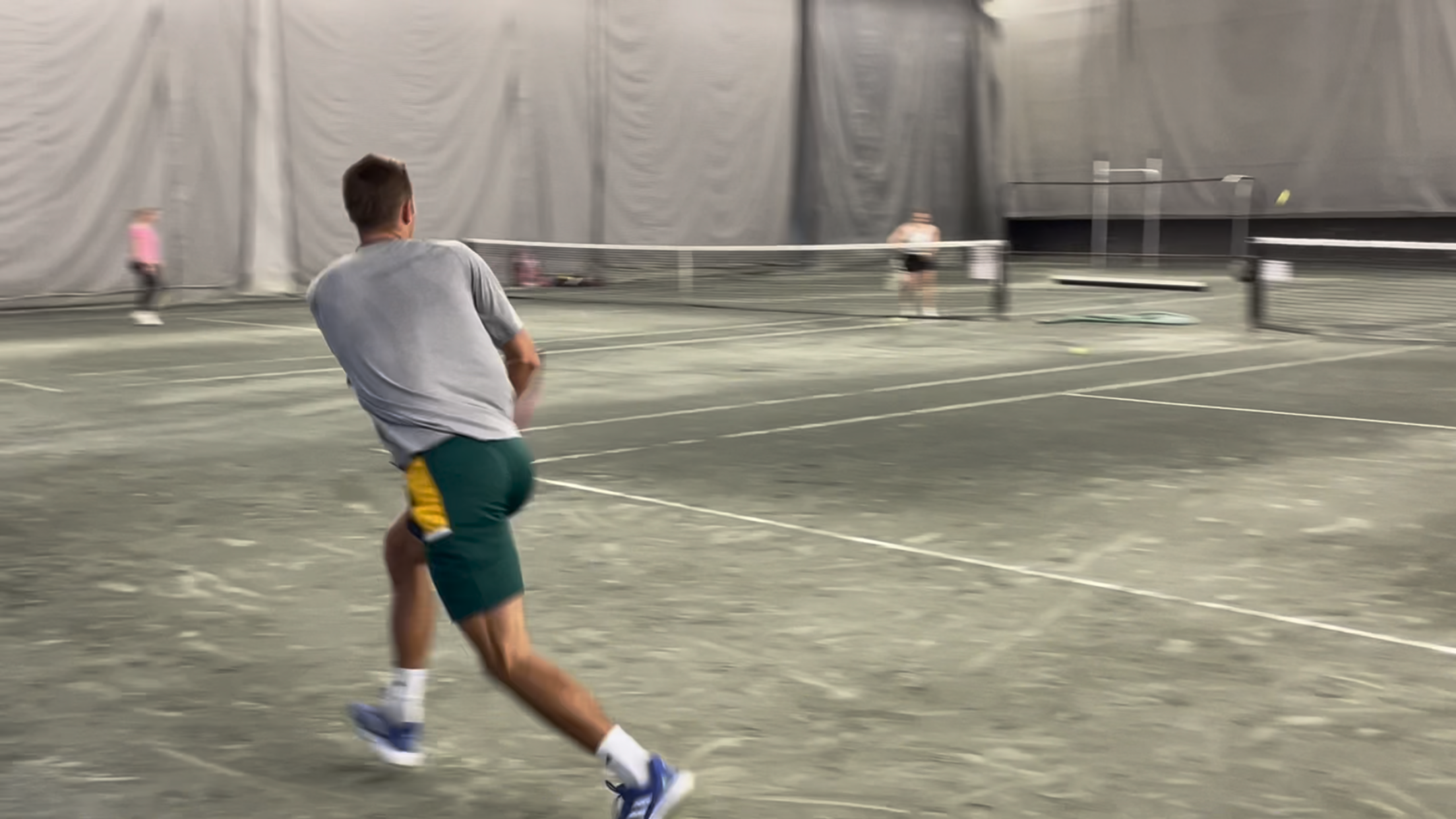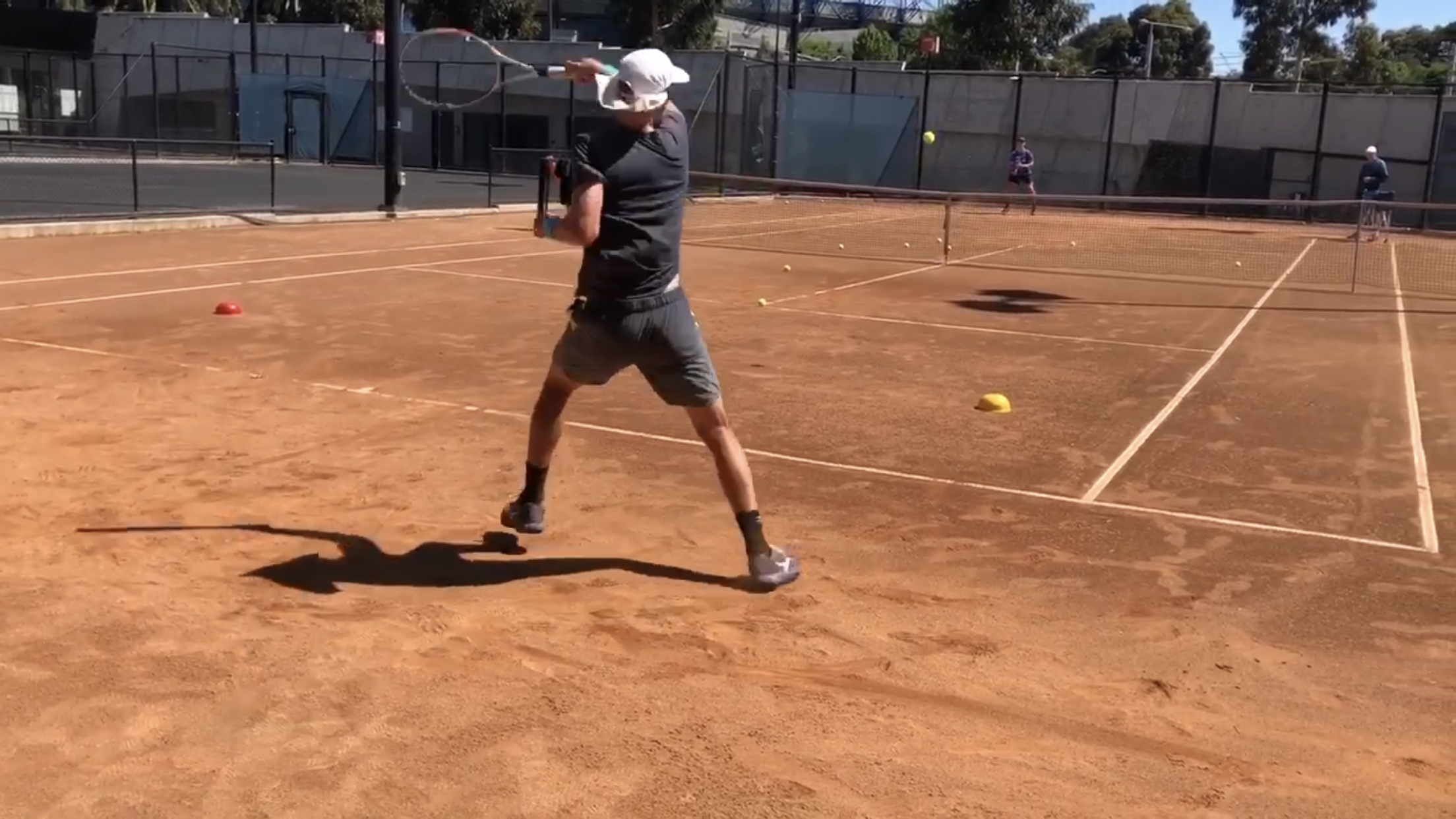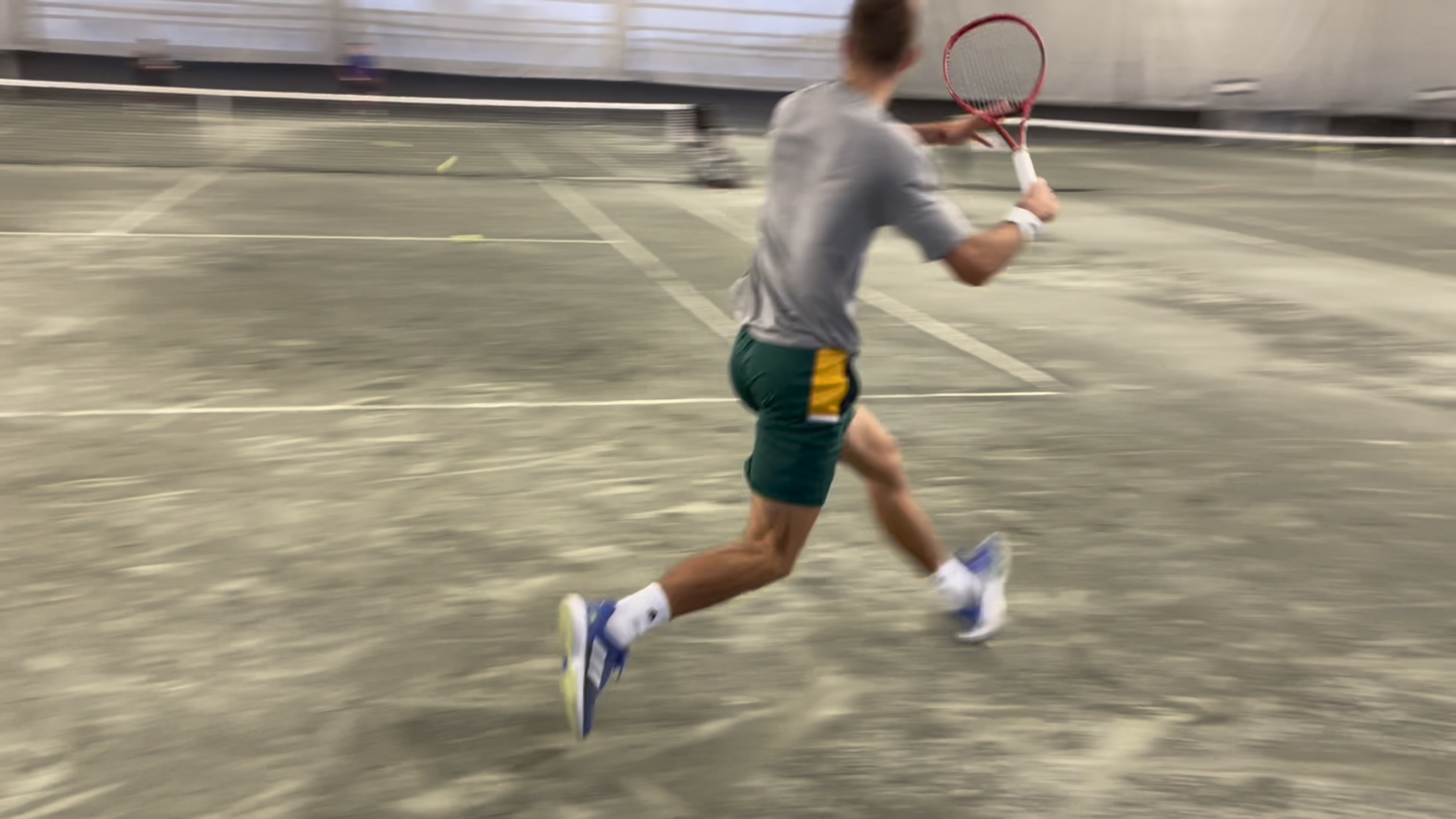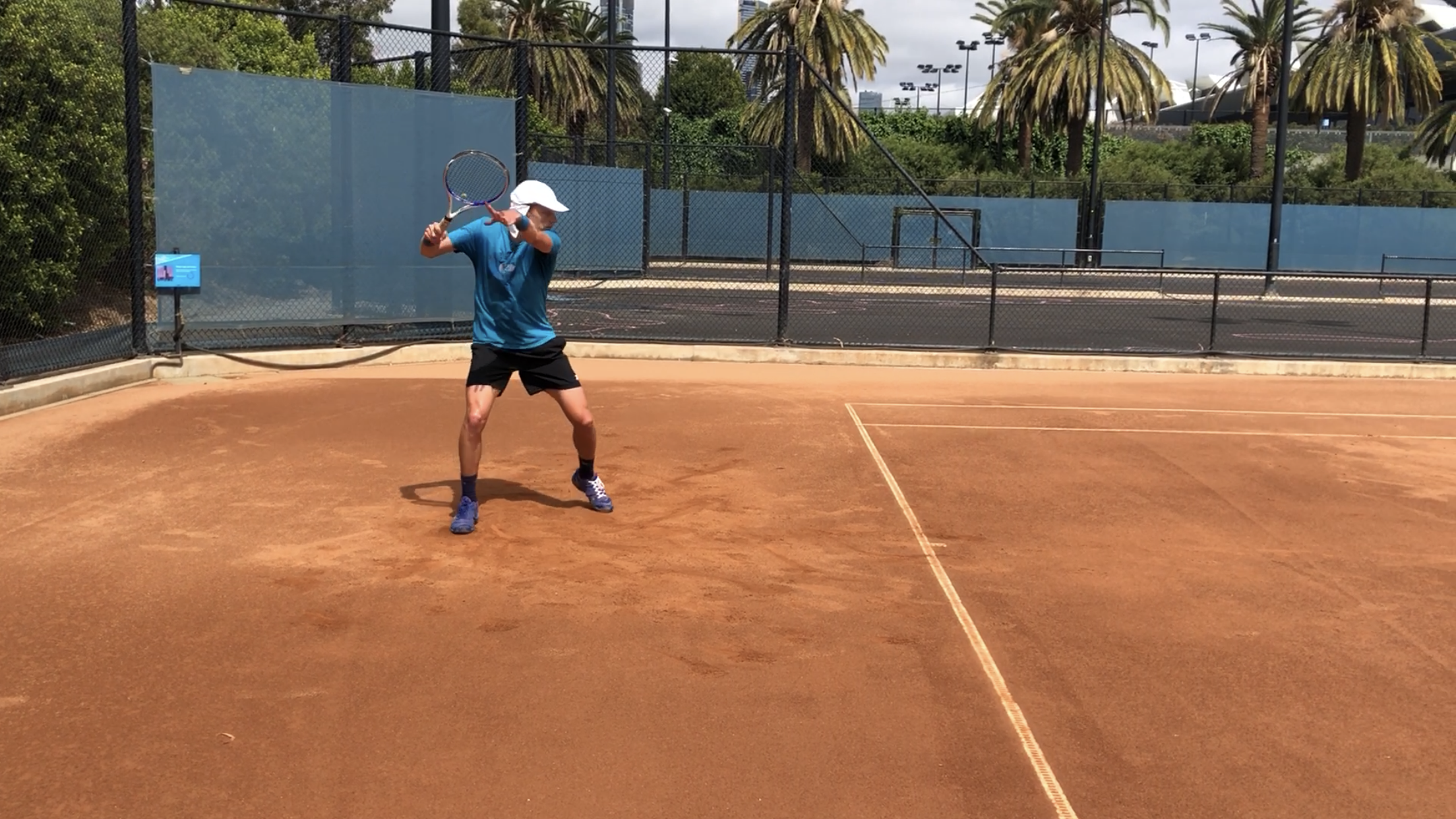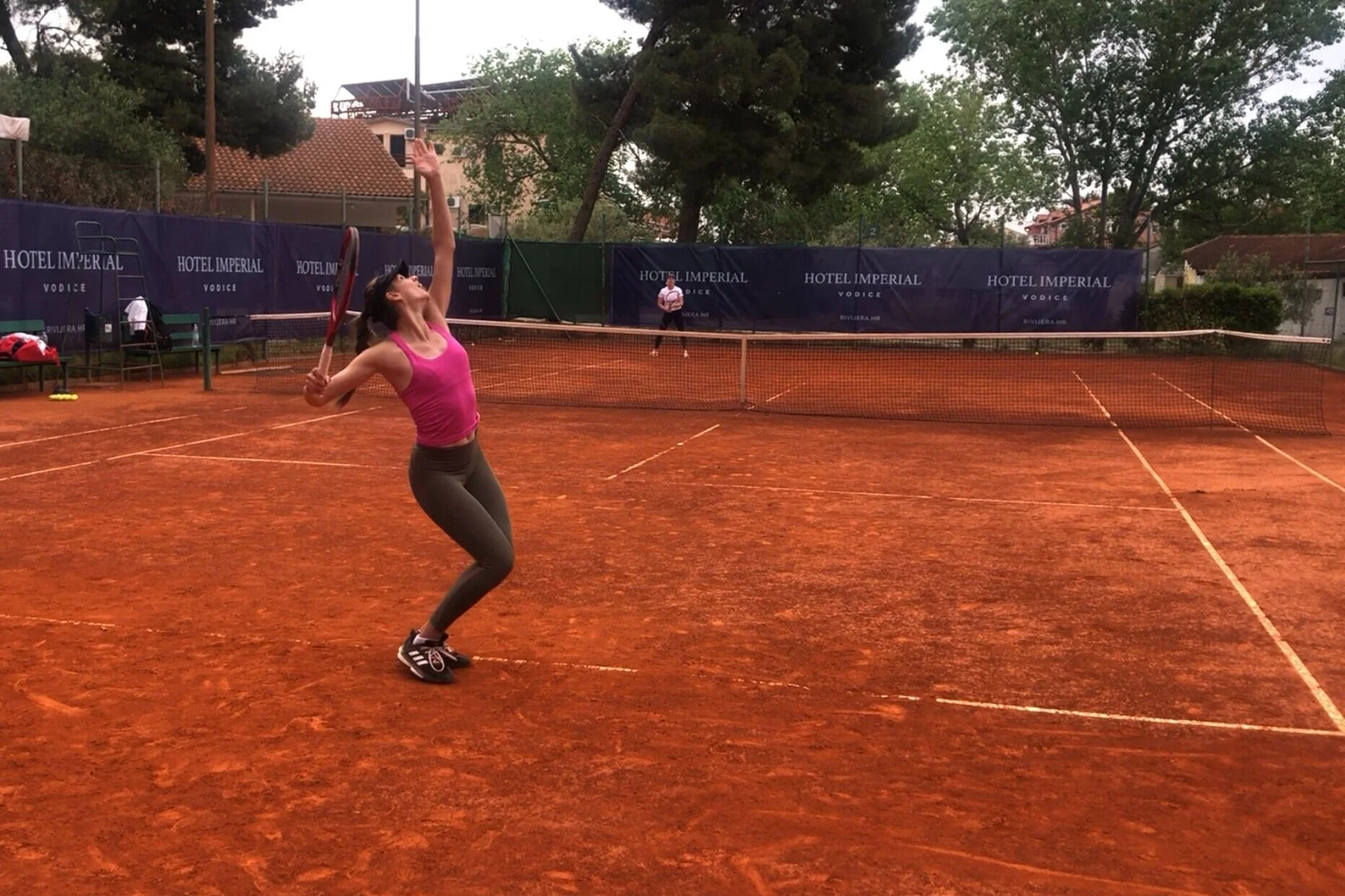Novak Djokovic is arguably the best tennis player of all time. It’s no secret he possesses an array of talents and skills. From his technique, to his mental toughness and everything in between.
His physical abilities aren’t too shabby either. Flexibility, stamina and movement are merely a few that come to mind.
While Novak is unquestionably a physical specimen, he’s not the fastest tennis player I’ve ever seen. It’s obvious he’s not the strongest. And I’d say he’s probably not one of the most powerful out there either.
Have you ever hit a serve where everything just seemed to come together? You felt coordinated. Powerful. The ball came off your racquet like a rocket.
On the flip side, we’ve all hit serves that felt off-balanced. Off-centered. Lacked pop. And landed everywhere but the service box.
I’ve said it before but I’ll say it again - the most specific form of training for tennis is playing tennis! Thus, tennis training - which includes on-court drills, live ball hitting, practice sets (and even tournament matches) - is the truest form of ‘sport-specific physical training’ for tennis.
So if you hear someone talk about ‘sport-specific training’ and they’re jumping on a bosu ball, performing shadow swings on the beach or some other random exercise, that is NOT sport specificity.
If you’ve read my blog in the past, you’ve likely seen my post on attentional focus cues - and the research + implementation that goes along with it.
You may have also read my take on the importance of cueing in general. And why the right cue - given at the correct time - is often more impactful than the perfect drill (although combining the right cue with a great drill is a recipe of success).
Whether you’re a tennis player or a tennis coach, if most of your practice time is spent hitting balls from a basket or hand feed, you might need to rethink your strategy.
Before I dive into this argument, let’s set the stage. There are essentially 2 types of practice balls that a player can receive. A live ball and a dead ball.
A lot of instruction in tennis is coach-directed. And a lot of that is simply the addition of information. Whether positive or negative, this often includes verbal feedback, praise and prompting. There’s also non-verbal feedback like gesturing or modeling - in other words, the coach uses a bodily action to demonstrate what they are seeking from the player.
My take on this - it’s critical… but (and it’s a BIG but), it’s overdone….
Have you ever incurred an injury and been told to take time off to ‘rest’ that particular structure? While I don’t discredit rest from being an integral part of the healing process, I will say this - it’s not enough.
For the majority of tennis players, traditional ‘aerobic training’ is useless. That’s a pretty bold statement, I know. But hear me out.
In tennis, successful players need to be skillful. They must possess technical mastery across a number of strokes. They require a strategy. And tactics to implement said strategy.
Even though I have a bias towards being very prepared from a physical standpoint (as long time readers of Mattspoint would know), technique and tactics are still top priority.
I get a fair amount of questions sent my way on a weekly basis and this past week was no different. But I thought it would be best to share them on the blog for others to benefit from as well (especially given that the questions were quite good and very relevant to what I often hear from coaches and players).
Let’s get to them!
Beware, if you read this post, your ideas surrounding tournament preparation might be turned upside down.
You see, there are several strategies employed by top athletes (and tennis players), in order to maximize their performance when they need it most. For tennis, that means tournament time.
In this article, I will highlight 3 of them. When implemented appropriately, they can be powerful.
One of those ways is to use med balls for non-throwing scenarios. I know, for the most part, med balls are used for throwing purposes (and made for this reason as well). Throwing allows us to have a shorter deceleration phase and extend the propulsion phase - akin to doing a jump squat instead of a barbell squat for the development of lower-body power.
What does the typical practice in tennis look like? If you’re someone that’s been around the game for many years, it probably follows a pretty similar structure - mini-tennis, groundstrokes, volleys/overheads and lastly, serves and returns.
But what if a player’s priority is to improve the serve? Does it make sense to hit for an hour (or like in many tennis settings, beyond an hour) prior to serving?
I received several replies and comments from last week’s post on ‘why was I late’. Some of these were more ‘technical’ in nature. Others focused on the perceptual abilities that tennis demands (which if you haven’t noticed already, I can’t stress enough).
Over the last few weeks, I’ve had the chance to play more tennis. More than usual anyway. And it’s been really great (although I’m not in as good of shape as I thought I was!). The truth is, I’ll be 35 this year, which means I could, in theory, play senior ITF events. Maybe I will, who knows.
By this point, if you’re a tennis player, it’s no secret that you’re itching to get on the tennis court. Who wouldn’t be? It’s that time of year. Warmer weather. Flowers blooming. Outdoor tennis is around the corner.
Unfortunately, however, many players go about it the wrong way. Most, after a long layoff, are so eager to get back to the tennis court, they schedule multiple sessions that first week. Not only that, they’re so fired up that they hold nothing back. Running from side to side, hitting with that new found strength they’ve developed over the winter.
When it comes to selecting the most appropriate exercise for a tennis player, it’s important that we look at it from every angle imaginable. The reason - tennis-play is not only multi-directional, but it’s also multi-planar. On top of that, there are different stances that players not only move through, but strike the ball in. And they do this on different surfaces - which can also make matters more challenging....and have an influence on exercises/drills.
Every competitive tennis player has experienced playing in the “zone” at some point in their career. You feel dynamic, but calm and relaxed. You have a feeling of strength, confidence and invulnerability. You take pleasure in the match and the battle at hand, without worrying about losing, or even winning for that matter. You forget about technical flaws, you focus on the ball and your target. In the end, you just play, and everything seems to flow, in so much that you might even lose track of time and the score. Seem familiar?
Whether you’ve experienced the zone during a competitive match or not, many will agree that the feelings I just described represent an ideal mental state to play elite level tennis. So what if I told you that you could get in the zone on command?
Over the years, whenever I’ve been in the weight room with young male tennis players, the following question always seemed to come up - “when are we going to bench?”. No surprise here as most teen boys are eager to work on their ‘pecs’ (and in case you’re wondering, it’s not to improve tennis performance).
But is there a place for the bench press in the training programs of tennis players? There are many that believe it’s completely useless; some even take it to the point where programming push-ups for players is taboo (FYI, doing push-ups for tennis isn’t bad; doing poor push-ups, with incorrect technique, at the wrong times, and in excess, is bad...but more on that rant in another post). Others do bench 3x a week, trying to get that ‘pump’ feeling.
Many in tennis are fanatical about technique. Everything from a player’s grip, to their elbow placement on the forehand, to the degree of knee bend on the serve and everything in between. Some coaches take it to the point where you need a ruler, a protractor (and perhaps a PhD) just to analyze a basic groundstroke.
While I too believe that technique and mechanics play a vital role when it comes to playing high calibre tennis, we must respect the uniqueness of each individual. Take any 2 players on tour and compare them side by side, you’ll notice that variations exist - even when attempting to execute the same shot!
Specific tennis fitness tests that take into account technical efficiency, have been validated scientifically (part 1) and could be considered ‘gold standards’. But these tests are exclusively reserved for players in well-structured centres because of the detailed methodology necessary for successful execution.
For years, national federations have used the multistage fitness test (or 20m shuttle run test) to evaluate aerobic fitness due to its practical implementation and ease of use. However, though it involves change-of-direction (COD) movements, it’s still a continuous incremental test and does not represent the intermittent characteristics of tennis play.

